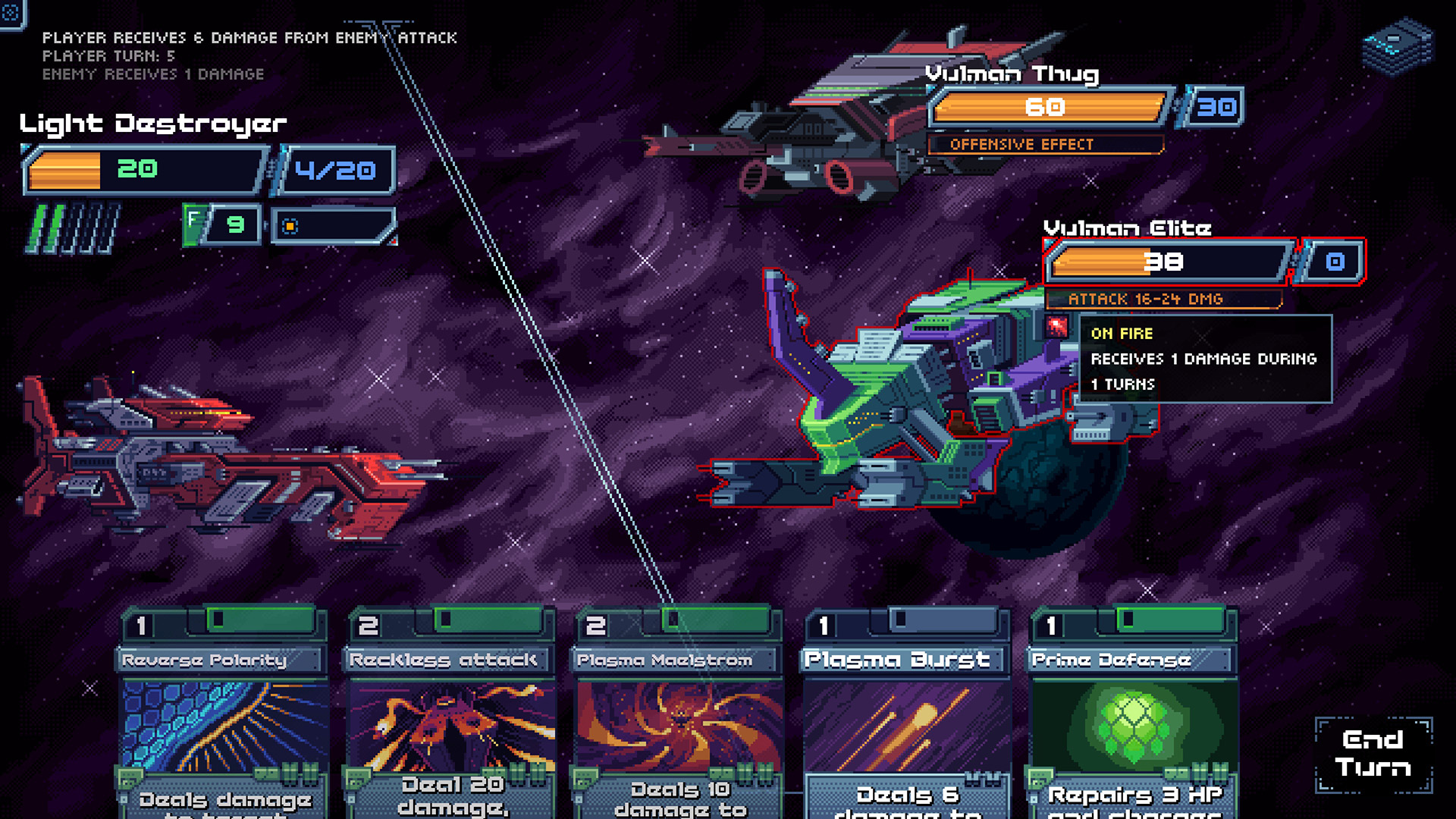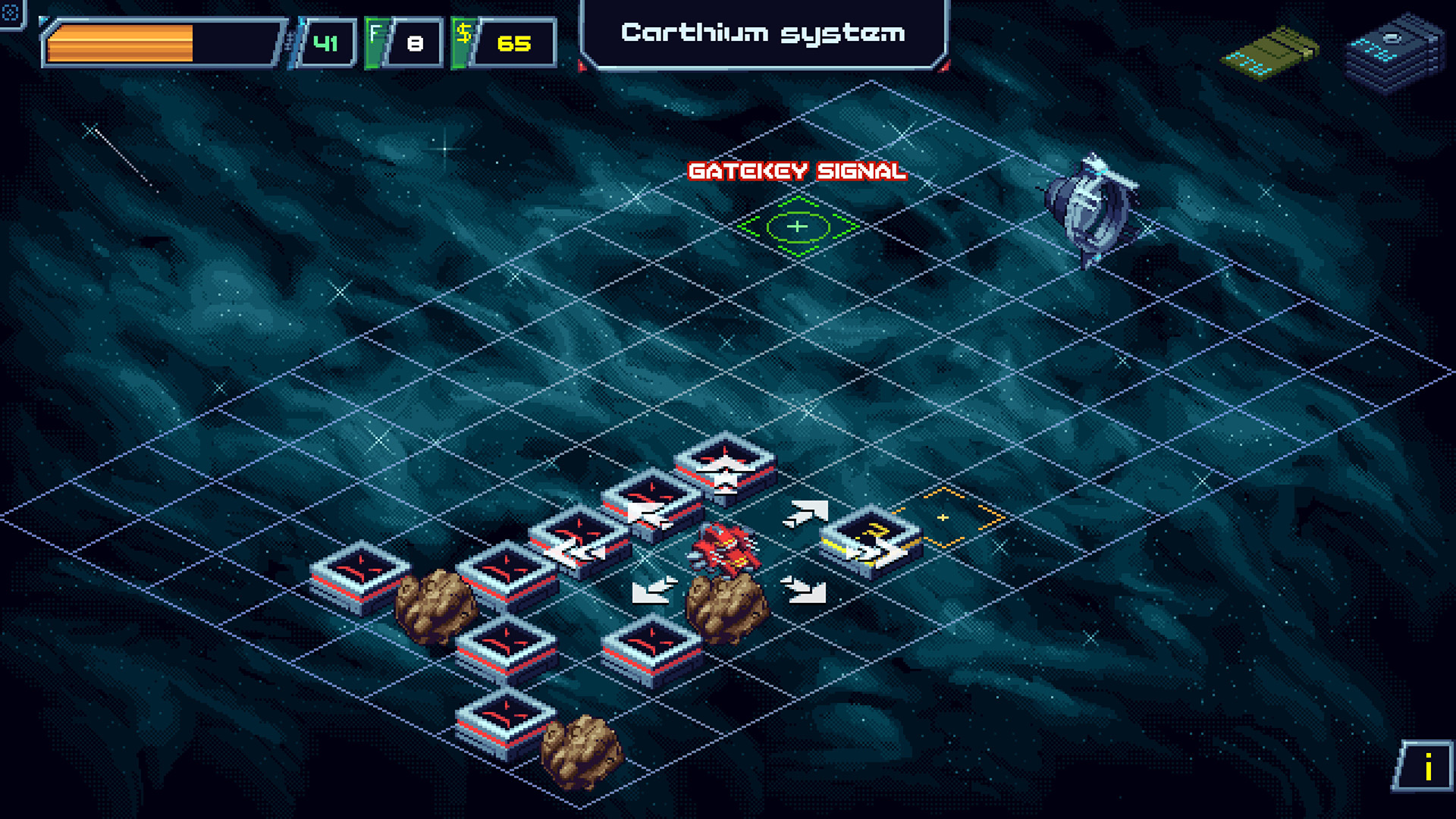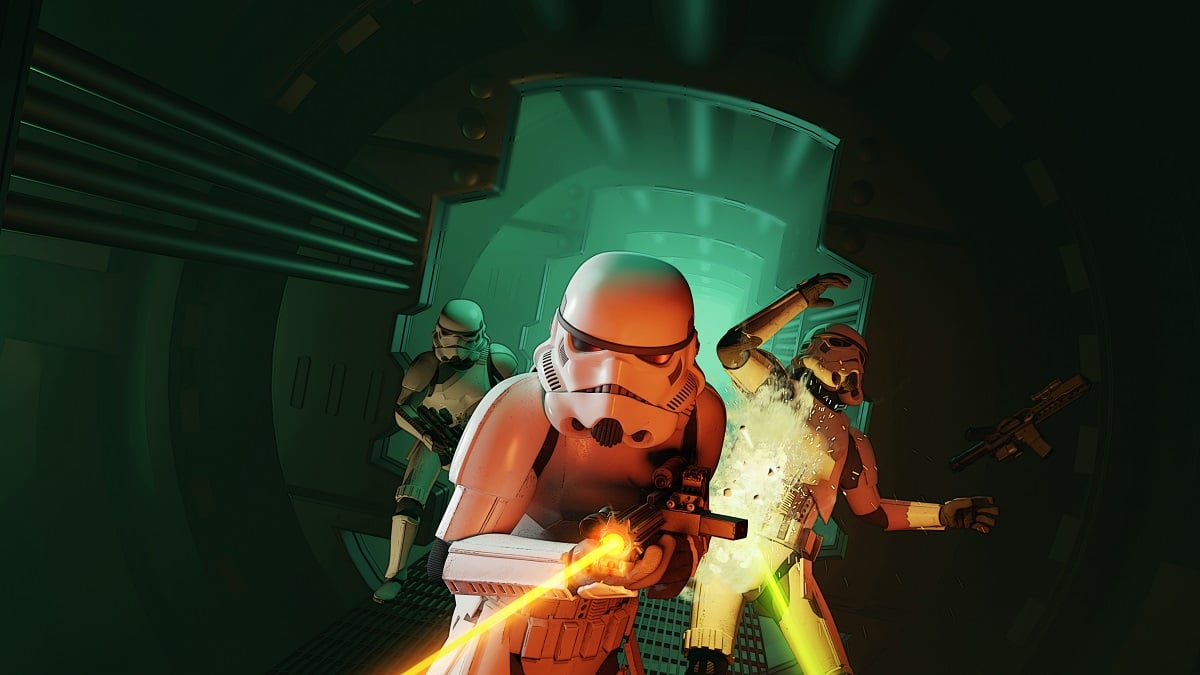
Early entry deck builder For The Warp doesn’t a lot put on its FTL influences on its sleeve, because it does creep into FTL’s bed room when it’s out to attempt on FTL’s lipstick and stare dead-eyed into an arrogance mirror whereas muttering “I’m a very pretty spacefaring roguelike, yes I am”. If FTL ever goes lacking whereas out for a late evening jog, odds are that For The Warp has it trapped on the backside of a giant gap and is forcing it to moisturise. There is imitation, after which there may be carrying the pores and skin of the game you’re keen on and slow-dancing alone in your basement illuminated solely by a low-hanging, buzzing incandescent bulb.
So, in For The Warp you’re piloting a spaceship from warp-hole to warp-hole, navigating pirate-infested area and encountering randomly generated eventualities alongside the way in which, whereas managing your restricted gasoline reserves, financial institution steadiness and hull integrity as you go. Each leap depletes your remaining gasoline by one valuable unit, encouraging you to willingly cost into battles to shore up your sources or to discover a secure path to a buying and selling platform as a way to replenish your dwindling tank. Distress beacons lure you off target with the promise of playing your ship’s welfare on some neat rewards, like uncommon gear or the money required to purchase new playing cards in your deck.

Yes, playing cards. Because whereas the top-level game is lower from the identical space-cloth as FTL, the fight itself departs totally from the real-time crew administration and ship subsystems of that game. Instead you play playing cards out of your hand to carry out a sequence of actions per flip, build up your protect’s defences, attacking with weapons and lasers and missiles, launching assault drones or boosting the variety of motion factors obtainable to you subsequent flip, at which level your hand is discarded and also you draw once more. Cards are all dressed up in genre-appropriate flavour textual content, so “evasive maneuvers” will halve the harm you are taking within the subsequent flip, and “reverse polarity” will deal harm equal to your present protect degree. You’re conscious of how fiction works – it’s simply playing cards, however with cool space-sounding phrases on them so you’ll be able to faux you’re in an episode of Battlestar Galactica.
If you’ve performed comparable deck-building dungeon crawlers, most relevantly Slay The Spire, then you definately’ll discover your turgid deja vu gland can be quivering away contentedly right here. Enemy ships are well mannered sufficient to telegraph their subsequent transfer, whether or not that be attacking you for quite a few hitpoints inside a given vary, bolstering their shields or doing regardless of the equal of magic spells are in area: jamming your circuits to cut back your motion factors, or hacking your terminals to take away a card out of your hand.

Knowing what’s about to occur within the subsequent flip offers you the strategic elbow room to resolve how finest to play your hand, utilizing gaps in fight as a chance to extend your defences or siphon gasoline from opponents, or countering imminent assaults with playing cards that enhance in energy when used towards ships which are charging their weapons.
As nice as this all is, the super-limited variety of playing cards obtainable on this early entry model restricts the quantity of great strategising you are able to do, and also you’ll exhaust most of your choices inside half a dozen performs. My most fascinating runs have been primarily based round a deck piled excessive with playing cards that boosted my ship’s shields, complemented by a couple of assault playing cards whose harm was primarily based totally on how powered up my shields have been. In this way I may tumble by methods like some type of impenetrable area tortoise, crashing wildly by all the pieces that crossed my path, however in addition to that one peculiar defensive construct there aren’t but many different methods to drastically change up how every run performs out.

Further betraying the dearth of precise stuff within the game are encounters that in a short time repeat themselves. Every planet has a hailing colony in determined want of a supply driver. Every temple damage comprises the identical hidden treasure. Where FTL seems like a daring voyage into the unknown with every new try, the barebones methods of For The Warp really feel like revisiting the identical handful of tiles time and again till you lose interest sufficient to surrender. This is a skeleton of a game – however not the enjoyable dancing variety – it’s a framework in want of some hundred extra playing cards and issues like big area worms, factions, gear and selection earlier than it may fairly maintain anybody’s curiosity for greater than an hour or so.
Which is a disgrace, as a result of I do benefit from the endearing pixel-art graphics and beautiful synth-pop soundtrack, which is an actual jam throughout boss battles. The playing cards appear like cute little floppy disks, with actually pleasing clackety sliding elements that pop up once you mouse over them. Enemy ships explode in a satisfying animation, sending bits of particles cartwheeling by area. The type is all right here, however the substance is following far, far behind. For The Warp is a deck-building roguelike with an actual dearth of playing cards to play with. It wants to return into hypersleep, to fatten up on a food regimen of intravenous space-porridge earlier than it’s value dipping into.


